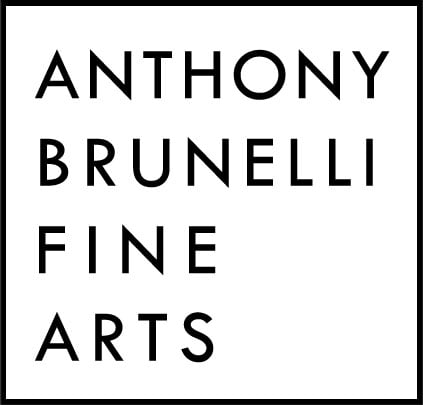By Chris Kocher
This season, KNOW Theatre is staging works from some big-name playwrights, including Tennessee Williams, Sam Shepard and Neil LaBute.
Over the next two weekends, though, the Binghamton venue will host its 14th annual Playwrights and Artists Festival that will feature six new short plays inspired by three artworks chosen by Tim Gleason, KNOW’s artistic director. Also in the mix — as with last year’s performances — will be original music composed for the event. Talkbacks will be held after each performance.
This year’s three artworks are Joseph Q. Daily’s “Maria’s Wish,” a painting that shows a seemingly romantic nighttime of a woman in a white dress staring into a candle flame near an open window; “Out of the Shadows” by local artist Orazio Salati, an impressionistic mixed-media piece featuring a shirtless man and shadow figures boxed in as part of an outdoor dreamscape; and “Disco Shrine” by Gordon Lee, a painting with an odd mix of objects inside of a cubbyhole in a blue-and-purple-tiled wall.
The festival began as a way to honor playwrights Leonard Melfi and H.M. Koutoukas, both of whom had Southern Tier roots before going to New York City for off-Broadway careers. The original concept involved staging Melfi and Koutoukas plays – as well as works by Broome Community College theater professor Jan Quackenbush – and convincing artists to create works based on the plays.
A few years into the festival, the concept got turned around to focus more on creating new plays and encouraging the next generation of playwrights.
Gleason said that this year’s competition, held over the summer, drew 67 submissions from around the country. He judges the entries along with a panel of trusted readers, who mark them with numerical scores that are added up to determine the winners.
After that, the challenge is to stage all of them over three days, then do it again the following weekend.
“It’s crazy because we have six plays trying to get together at the same time,” Gleason said in a recent interview. “I think we have 14 actors this year — so that’s a lot of time and a lot of people to schedule. We’re sometimes here at weird hours or skipping rehearsal days.
“It somehow gets done — the miracle that they talk about in ‘Shakespeare in Love’: ‘I don’t know how, but it happens.’”
Maria’s Wish, oil on linen, 55 x 36 in.
The winning playwrights for 2017 (two plays per painting) include local writers Adara Alston and Shirley Goodman, as well as Seamus Lucason, Kerri Quinn, James Menges and Kris Tabor.
“There are six plays this year, and four of them have older characters who are the central figures,” Gleason said. “I’m waiting to see the writers and find out if they’re older. Luckily, we have a plethora of older actors around here.”
He credits the Anthony Brunelli Fine Arts gallery again this year for helping to find the art for the festival.
“I look at a work and if I can see more than one idea, I figure that playwrights can unfold it even further,” he said. “We’ve had pretty good luck over the years — I never try to pick something that will handcuff people.”
For a second year, composer James Wright Glasgow of Strange Fangs Song Factory is helping to coordinate the music part of the Playwrights and Artists Festival. The Binghamton-based company writes music for films, commercials and even an internationally touring poet.
Audiences who attend the the KNOW event will hear original compositions of five minutes or less written by Glasgow, Adam Schultz and AJ Rembert. As the playwrights do, the composers study the artworks and create pieces inspired by them.
After being satisfied with last year’s results, Glasgow is happy to be involved in the festival once again.
“Seventy-five percent of it wound up working really well together,” he said. “No one before it’s performed that night know what anyone else is doing. The music is totally independent from the plays — they’re just both inspired by the same thing. We have some people saying at the end, ‘Holy cow! — if the music had been played at the same time as the play, it would have been an incredible soundtrack.’
“Sometimes we have two playwrights and one composer for each piece of artwork, so the two plays would be radically different and the composition would be even more out of left field. It’s cool that one artwork can be interpreted in so many different ways.”


